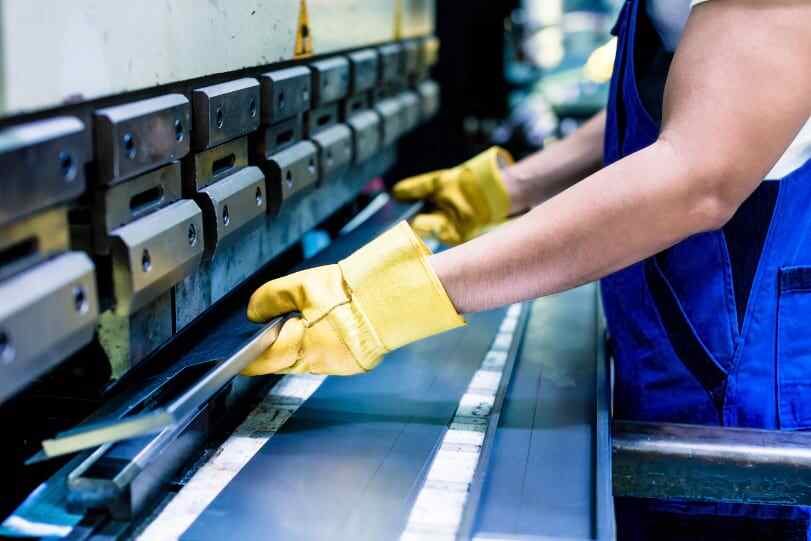In a perfect world, we would have the ability to draw the perfect medical cart, with all the bells and whistles, without having to give a second thought about manufacturability. And, with the development of 3D printers, who knows how far off this dream may be.
In the meantime, manufacturability has a strong impact on who you choose as a manufacturer, cost and lead time. So basically, it controls a vast majority of your project. But that doesn’t necessarily mean you have to give up the idea of your ideal medical device. In most cases, designing for manufacturability results in a series of small changes that will benefit both you and your manufacturer.
Design for Processes
Regardless of where you have your medical cart manufactured, you should always expect some changes to accommodate your manufacturer’s processes and tooling sets.
Take setup, for example. Setups can be time-consuming, so the less difficulty involved, the faster the device will flow through production.
Consider the following improve manufacturability:
- Common materials
- Similar press brake setups and tooling
- Eliminate large differences in fixtures and sizes of hardware
Welding and Assembly
Keeping your manufacturer’s processes in mind, there are a few other alterations in welding and assembly that will not only improve manufacturability but may also save you money.
Consider the following:
- Don’t weld what can be formed
- Utilize slot tabs and quick clips
- Limit the number of fasteners—leverage rivets
- Size restrictions of painting and finishing sites
- If you plan on painting your cart, make sure there’s a place to hang it
Design for Quality
When it comes down to the actual fabrication of your custom medical cart, there are a few details that might improve the quality of your project. For instance, if a piece of steel can be symmetrical, make it so. That way, even if there is a fabrication mishap—stamped on the wrong side or flipped while bending—it won’t become a quality issue. Similarly, if a part is asymmetrical, make it clearly asymmetrical, so it’s easy for fabrication workers to orientate.
Multipurpose Designs
Don’t count out some multipurpose options on your custom medical cart. Have discussions with your industrial designers and engineers about integrating medical cart features into parts—a handle that doubles as a tool for cable managment; other parts that can double as a shelf or drawer.
At HUI, all of our engineers have extensive experience in manufacturing and know all the ins and outs of medical cart manufacturability, so you still get the cart you’ve always wanted while still being compatible with our manufacturing processes.
Do you have a custom medical cart project in mind? Or perhaps a redesign? A question or two? Comment below or contact us today for the medical cart of your dreams.


